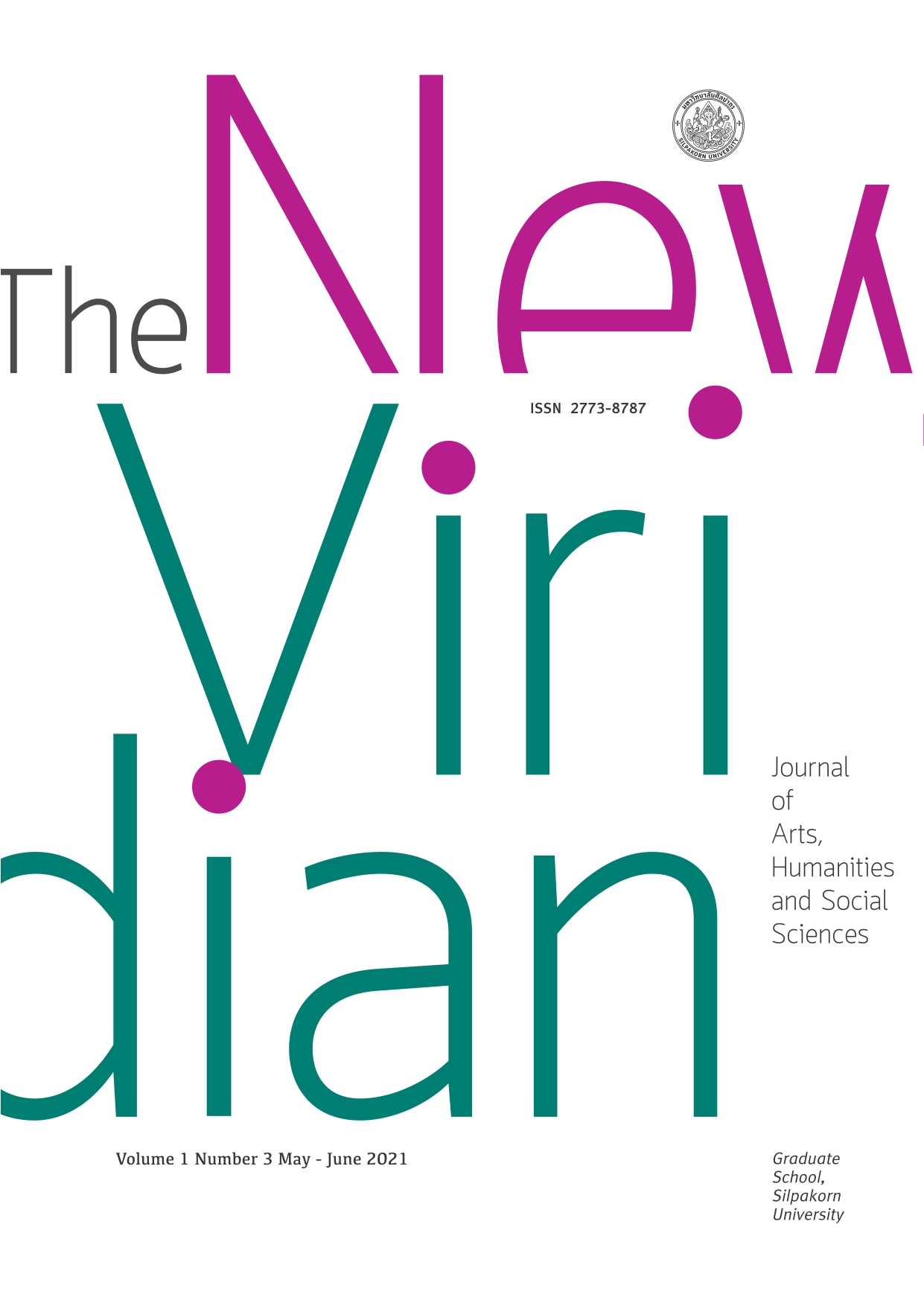Musical Realism: From Verismo to Phonorealism
คำสำคัญ:
Musical Realism, Realism, Verismo, Naturalism, Pictorialism, Peter Ablinger, Phonorealismบทคัดย่อ
The notion of realism, accurate imitation or representation of reality, has been associated with visual arts since Ancient Greek; such notion had also been considered the aesthetical standard for millennia. Despite its apparent influence on visual arts, the notion appears to bear rather little connection with the realm of western classical music. This article aims to study the concept of Musical Realism, the relationship between the notion of realism and music, starting from various definitions of the term realism. It investigates further into a nineteenth-century literary and artistic movement that focuses on the representation of ordinary lives and the social reality of the time. The influence of the nineteenth-century movement, also known as Verismo, is evident in operas by Verdi, Bizet, Mascagni, Massenet, and Puccini. With this study, the notion of realism is also found in instrumental compositions in the styles of Naturalism and Pictorialism which aim to use musical sounds to imitate sounds in nature or represent words or movements. The last section of this article explores the style of Phonorealism invented by Peter Ablinger who uses musical instruments to imitate sound spectra of sounds or recordings. This twentieth-century musical movement not only maintains the core concepts of realism but also pushes the search for Musical Realism further.


